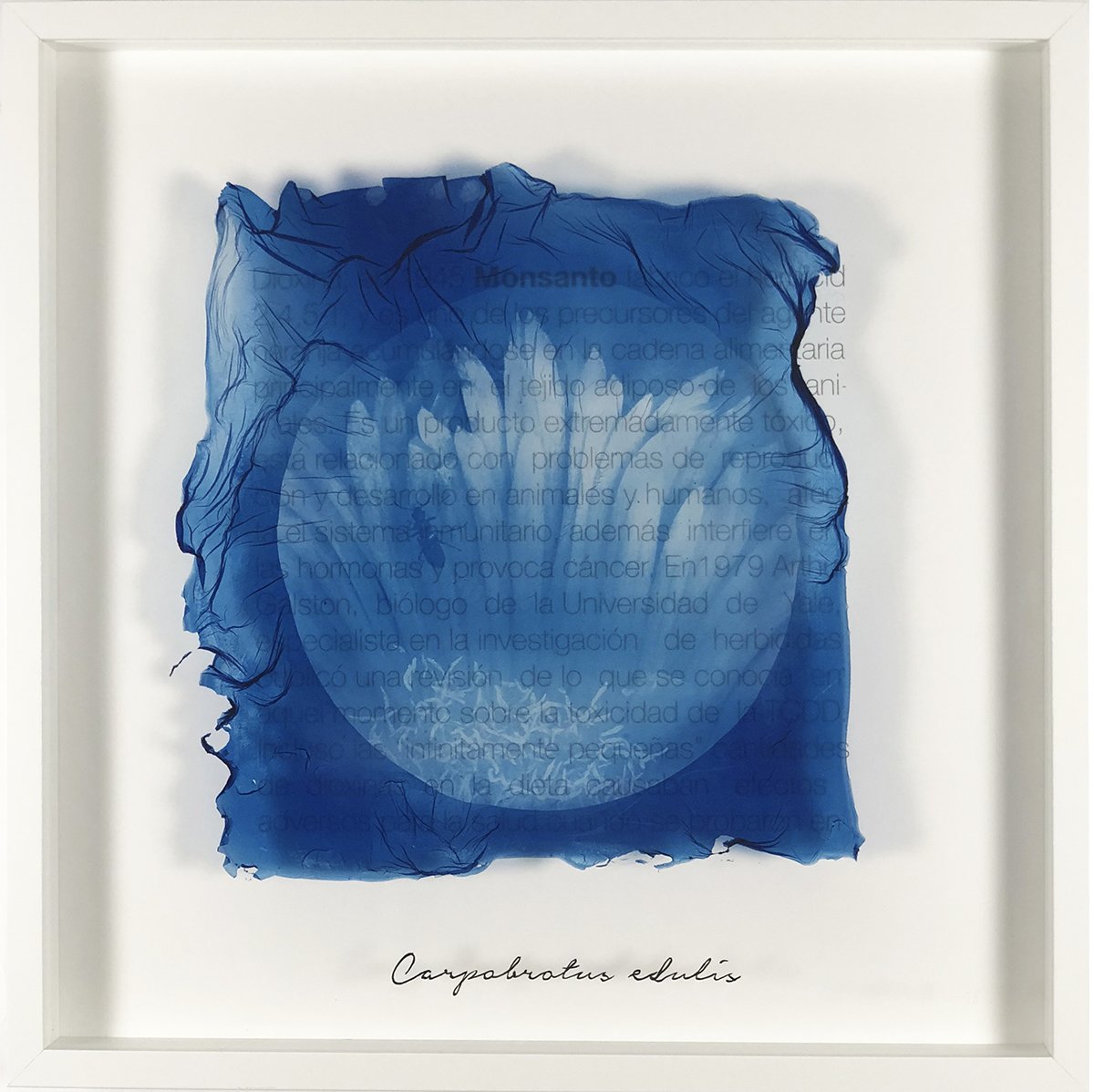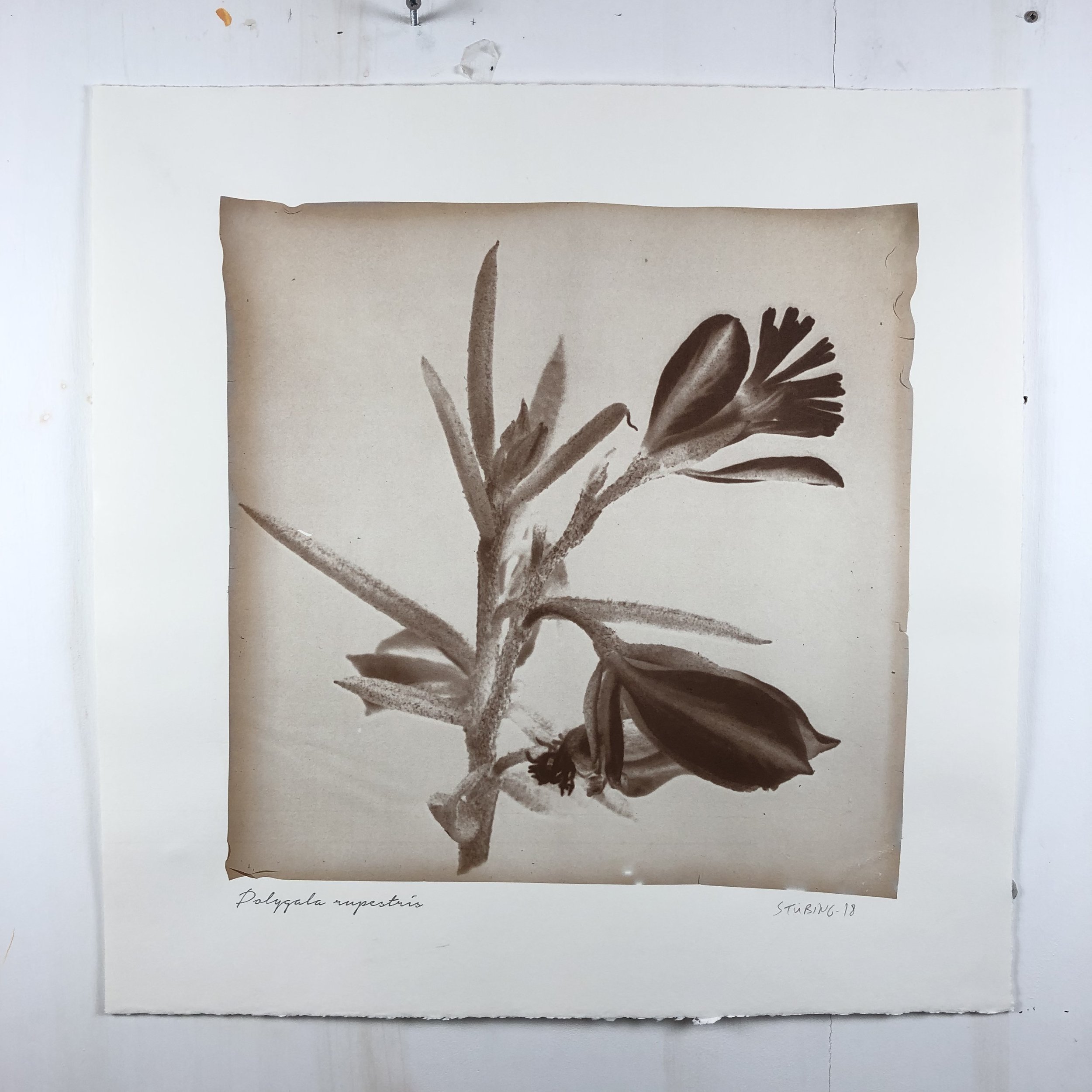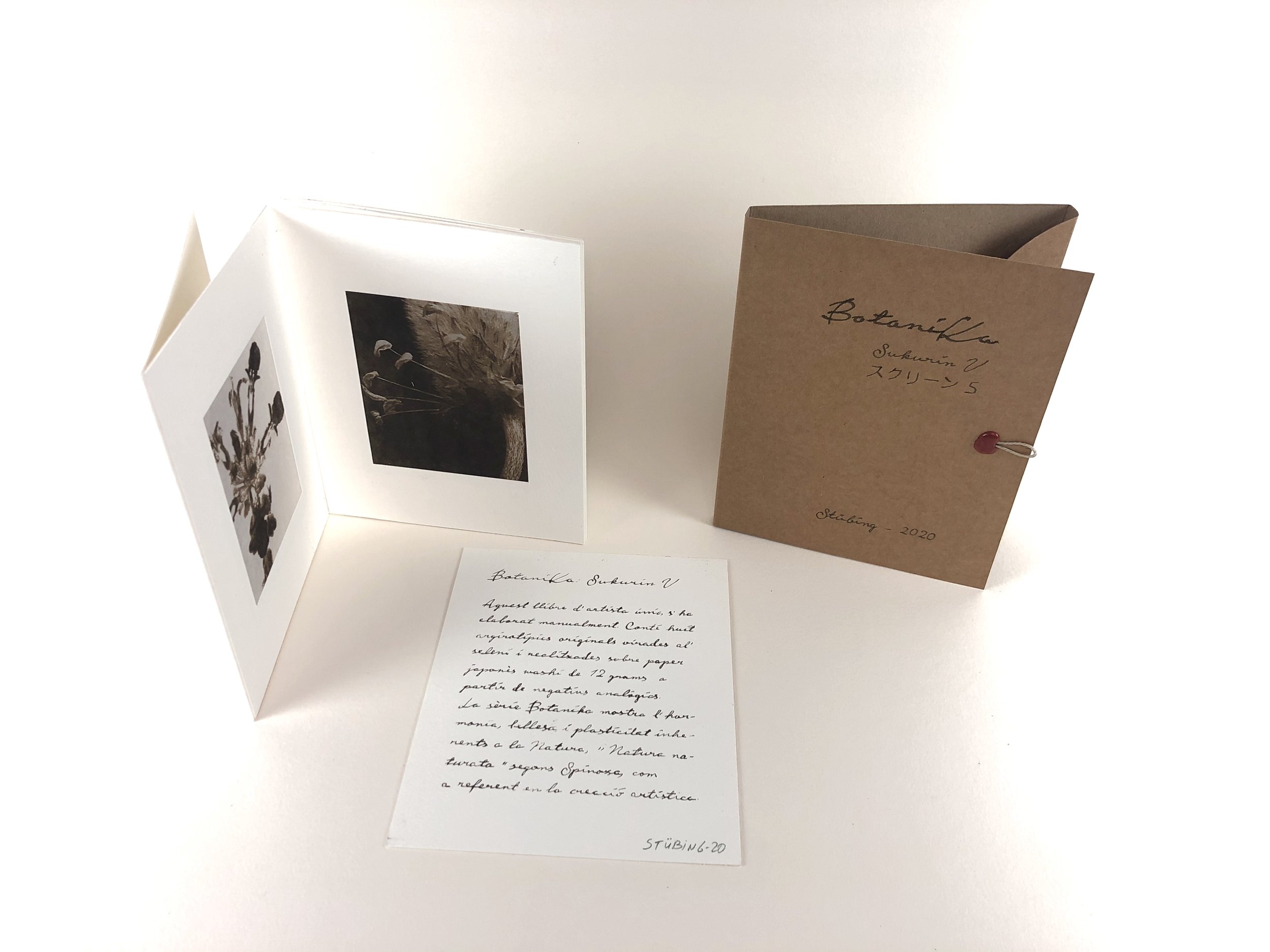Traverse no. 8: Gerardo Stübing
Welcome to our column that discovers, investigates, and highlights fine art photographic work from an international forum of creatives. Aptly named “Traverse” and written by contributing editor, Michael Kirchoff.
Within this column, I strive to look at photographs and processes that reside outside of the familiar American bubble that we see more often than not. The aim is in examining not simply our similarities and differences, but also the common thread of making photographs in our shared process and goals.
—Michael Kirchoff, Contributing Editor
Gerardo Stübing
Born and raised in Valencia, Spain, Gerardo Stübing is my latest subject for this edition of Traverse. He may be a perfect reason I wanted to create this column in the first place since he is undoubtedly an international candidate that rapidly received my attention for the sheer amount of work he produces and the number of exhibitions I’ve seen his photographs appear in. Though based in Spain, he quite frequently gets accepted into exhibitions here in the States more than any other global photographer I can think of at the moment. Let’s just say he puts in the work with a sincerely passionate attitude. When I asked him for an informal biography of himself, he hit me back with, “I am a pragmatic scientist who has been contaminated by artistic creativity and has been trapped by experimental photography. My training and experience in research along with knowledge of the plant world are integrated into my creations.” Yea, that’s right, he’s first and foremost a scientist but has crossed over into the photographic arts with about as much intensity as one could imagine.
With a prestigious 30-year career as a Professor of Botany at the University of Valencia, it wasn’t until 15 years ago that photography and alternative/historical processes became a new focus of his attention. He started out simply by using slide film as a teaching aid, followed by publishing several photographic guides using over 700 of his own photographs. However, making photographs from an artistic point of view never entered into the equation until he’d come into contact with painting. It was only then that the sensation of creative freedom hit home, and since 2009 artistic creation has occupied the bulk of his time, with the last four years concentrating on experimental uses of print and image-making. Looking back, Stübing recalls, “I really regret not having discovered this addictive “drug” earlier, since I am passionate about it and in many ways, it makes me happy and gives meaning to my life beyond other material aspects and social recognition.” There has even been a bit of formal study of Fine Arts at the Polytechnic University of Valencia. He is currently working on finishing his doctoral thesis entitled, BotaniKa: the Natura naturata concept applied to plastic creation from a transmodern perspective, where he fundamentally resorts to experimental photography as a basis for his work.
Sukurin A. Artist book, 8 argyrotypes on 12 g washi paper. Minolta 9. Agfachrome RSX 50 Professional slide film. 2020.
Stübing values the intrinsic artistic qualities linked to the photographic process, where experimentation yields unique and unrepeatable works. This is a reaction to the current state of digitally reproducing photographs and finding meaning in the physicality of participating in the alternative methods of making images. The often encountered “happy accidents” only add to the nuance and enjoyment of it all. In fact, the repetition of the actions inevitably bores him, leading to continually changing processes and introducing modifications through experimentation. Taking a hybrid approach often leads him to a workflow that includes using analog slide film, scanning, digital manipulation, printing, then back to experimental treatments of new negatives, back to scanning again, and finally printing of a final piece. Clearly, there can often be a lot happening behind the scenes in making his stunning botanical studies – and often, the means to get there is not easily identified.
Indeed, even favorite cameras can include Bronica medium format ETRS systems, various models of Polaroid, Ondu pinhole cameras, Vivitar slide duplicators, and Sony digital cameras, among others. Ilford, Fomopan, Fujifilm instant, and Kodak films of various types are also often employed. There is never a shortage of tools being put to use while finding him planning out his methods while strolling through the Botanical Garden of the University of Valencia. However, letting improvisation take over in more unusual sites can also mean creating something never originally intended.
Encephalartos Kisambo. Argyrotype on 12 g washi paper over copper leave. Ondu multiformat pinhole camera. Ilford PanF Plus 120 mm. 2019.
It should be known that Stübing is far less interested in building specific bodies of work and more into creating an overall aesthetic that is comprised of his botanical studies and approach to the environment, biodiversity, and climate change. As previously mentioned, the current goal is to finish his Doctoral Thesis by the end of 2022 and defend it in the Spring of 2023. With that, an exhibition in the Botanical Garden of the University of Valencia will take place, showing final print examples of cyanotype, argyrotype, platinum-palladium, wet plate collodion, orotones, Polaroid emulsion lifts, infrared photography, and even mordançage. Without a doubt, this is something to look forward to. In addition, I’m sure we will continue to see a plethora of new and exciting work coming from a man who has put more devotion and excitement into his work than most. As always, I encourage you to explore further and study the works of someone who walks the walk and talks the talk of boundless creativity.
[clicking on a thumbnail will bring up a lightbox]
About the artist
Gerardo Stübing (Stübing), born in Valencia (1957). Professor of Botany at the University of Valencia. Graduated in Fine Arts, he is currently completing his doctoral thesis in artistic production at the Polytechnic University of Valencia.
Valencian artist of German origin who has a long career and scientific recognition in the field of Botany (university professor for 30 years at the University of Valencia). For 15 years he has simultaneously developed a work of artistic creation.
The objective of his works, delves into the beauty and harmony of nature seeking to sensitize the observer in the appreciation and respect for our natural environment.
It establishes an alchemical hybridization between science, art and nature, combining photographic techniques from the 19th, 20th and 21st centuries to develop works that can be considered either as ambiguous abstractions of reality, or as figurative representations of unusual aspects of botanical species for the inexperienced observer.
His works have been selected in more than 80 competitions, some of them at the highest level such as the BMW award, having obtained several awards and recognitions. Numerous exhibitions, both collective (more than 70) and individual (10).
Works in official institutions: University of Valencia, Botanical Garden of Madrid, International University of Andalusia, Jiloca Study Center, Alfafar City Council, Bancaja Foundation of Segorbe, British Institute of Seville and Ministry of Agriculture.
gerardostubing.com
@stubing_artist
About the author
Michael Kirchoff works in the worlds of both commercial and fine art photography. A commercial shooter for over thirty years, it is his fine art work that has set him apart from others, with instant film and toy camera images fueling several bodies of work. His consulting, training, and overall support of his fellow photographic artist continues with assistance in constructing one’s vision, reviewing portfolios, and finding exhibition opportunities, which fill the gaps in time away from active shooting.
Michael is also an independent curator and juror, and advocate for the photographic arts. Currently, he is also Editor-in-Chief at Analog Forever Magazine, and is the Founding Editor for the online photographer interview website, Catalyst: Interviews. Previously, Michael spent over four years as Editor at BLUR magazine.




















